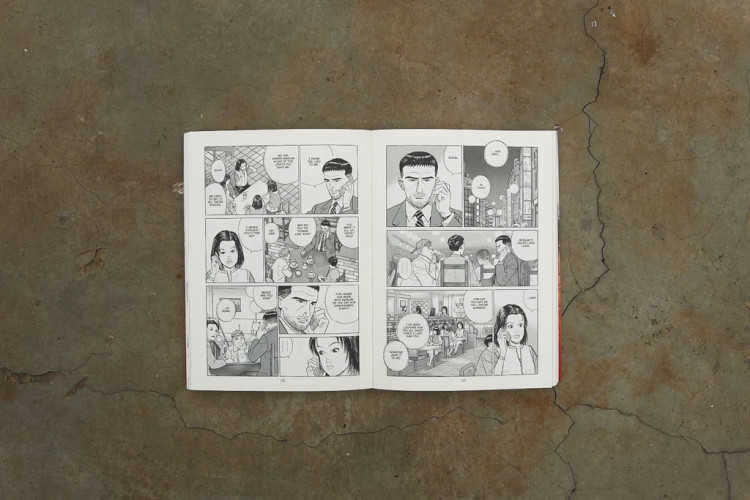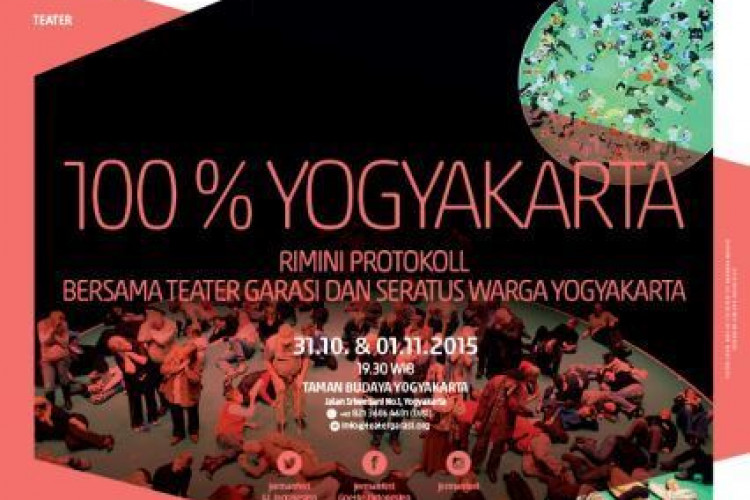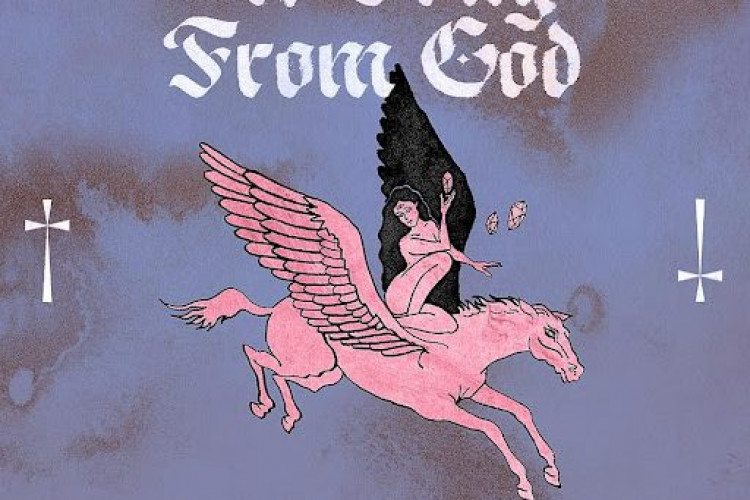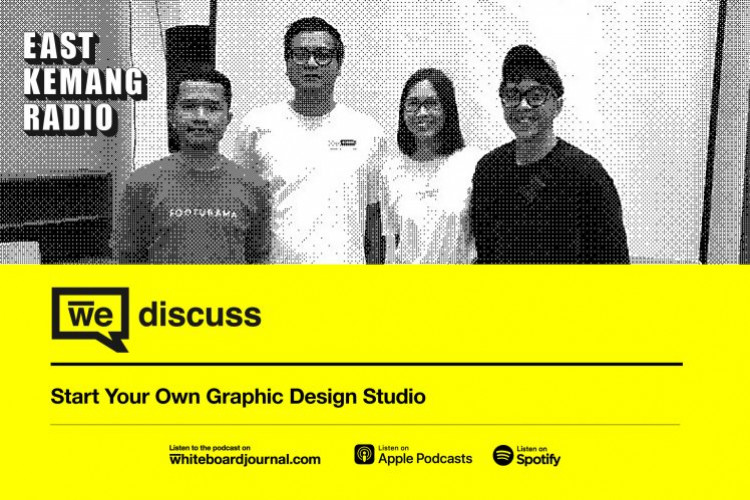Printmaking with Agung “Agugn” Prabowo
Muhammad Hilmi (H) talks to artist Agung "Agugn" Prabowo (A).
by Ken Jenie
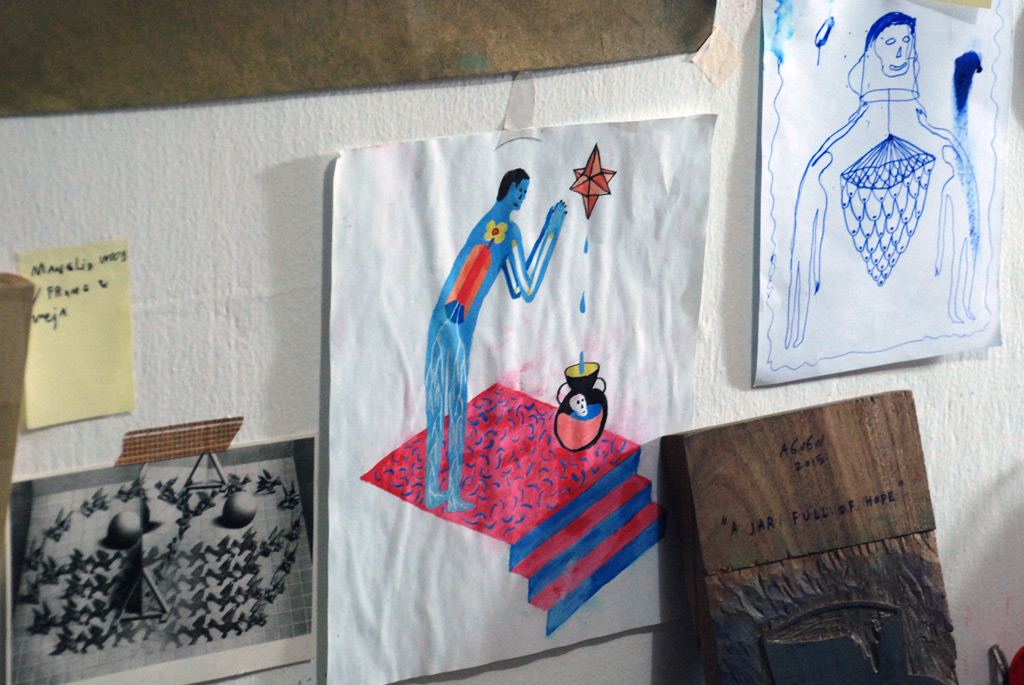
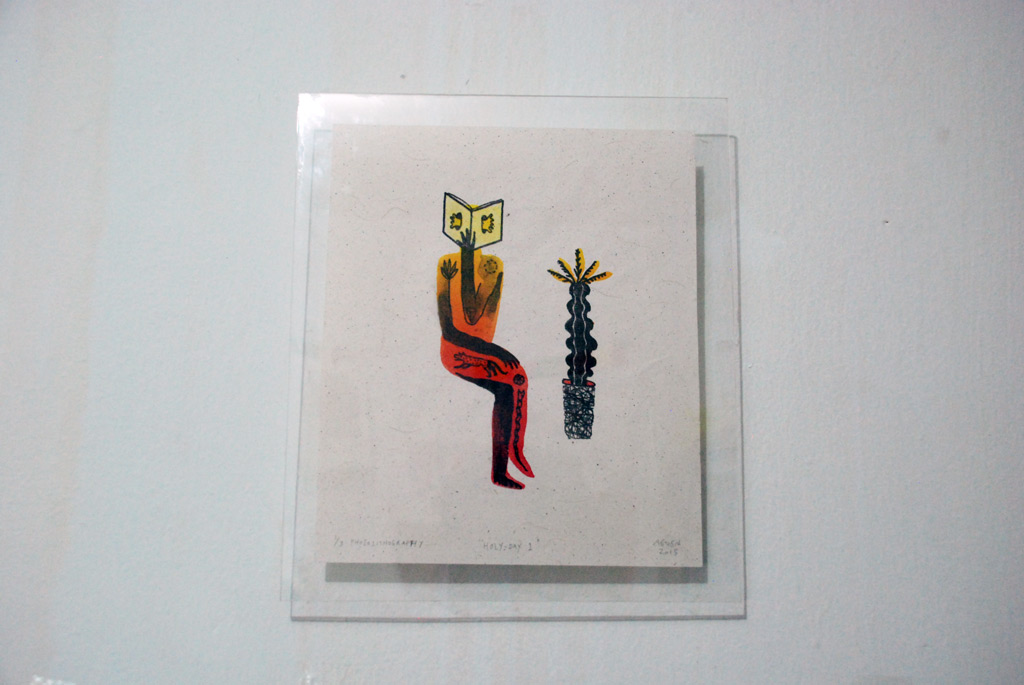
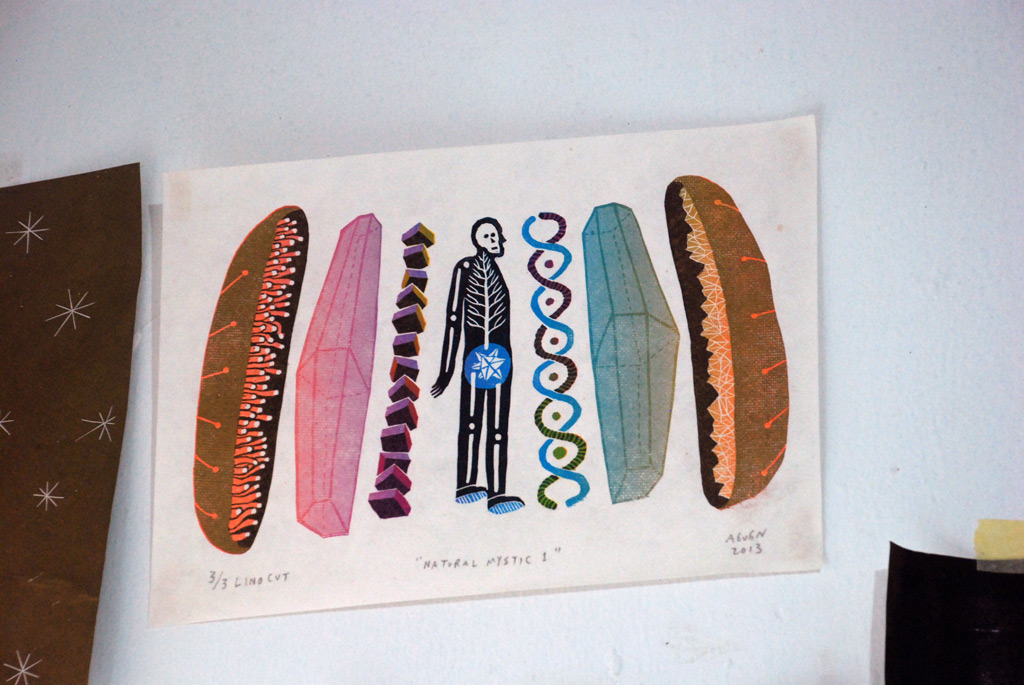
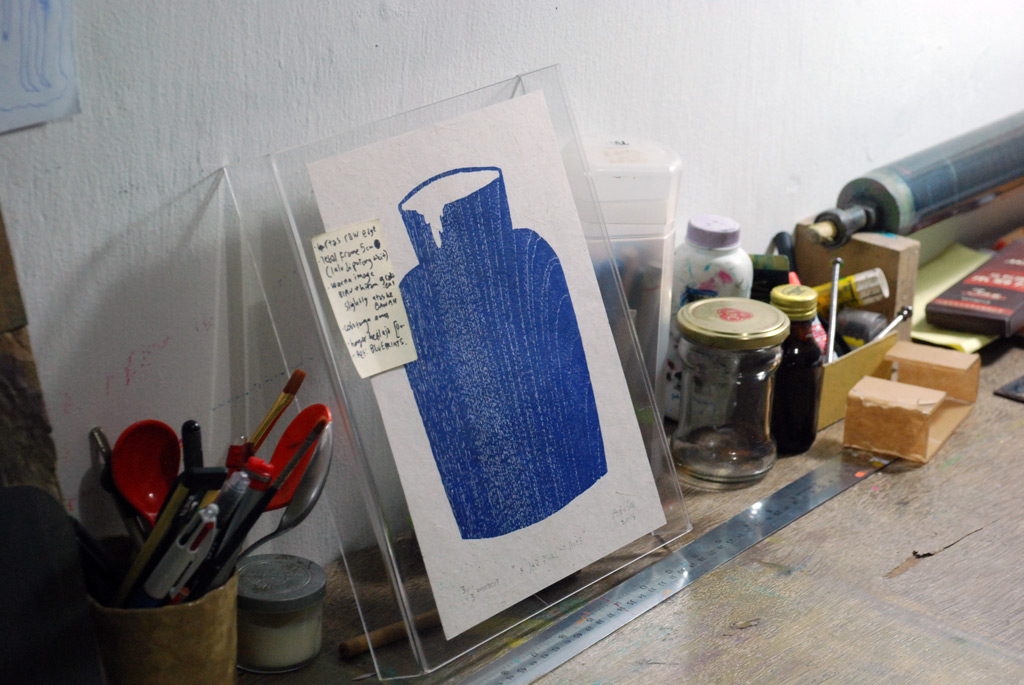
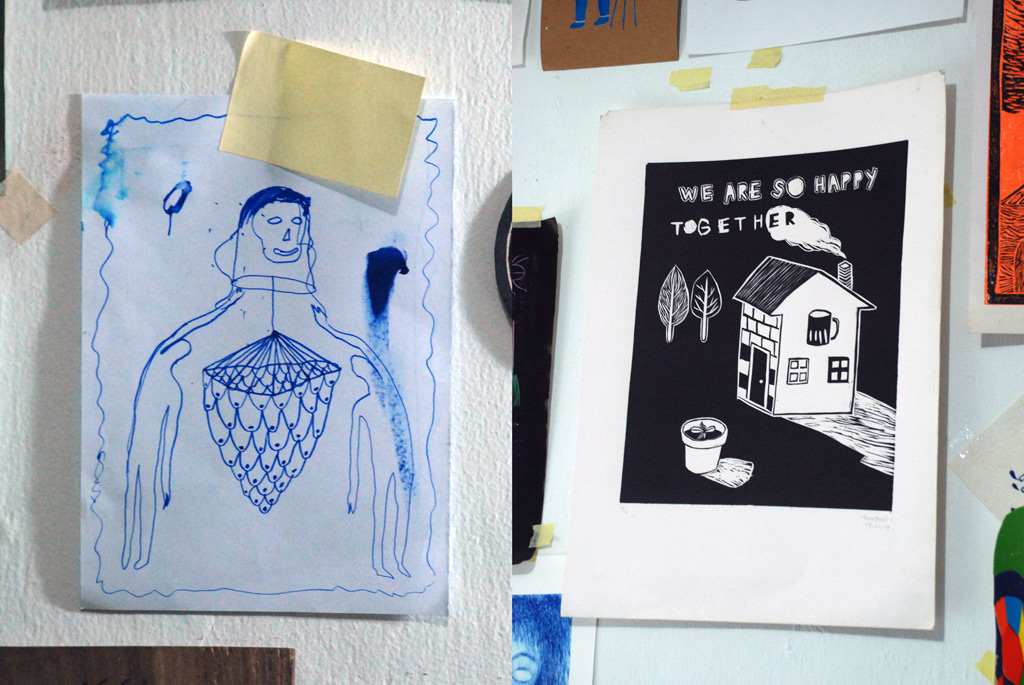
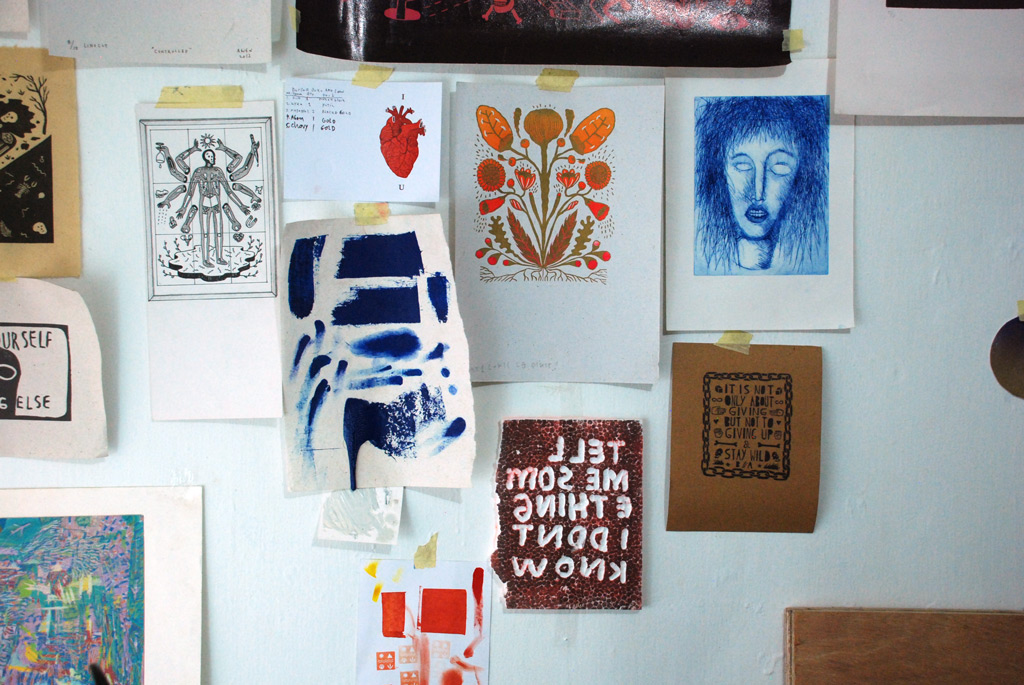
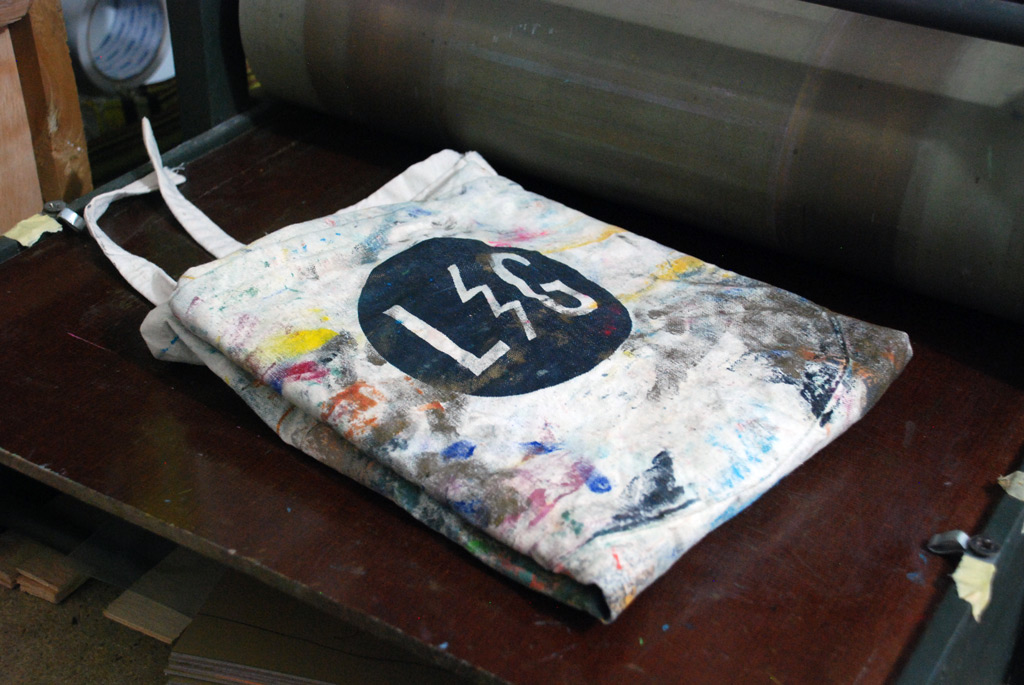
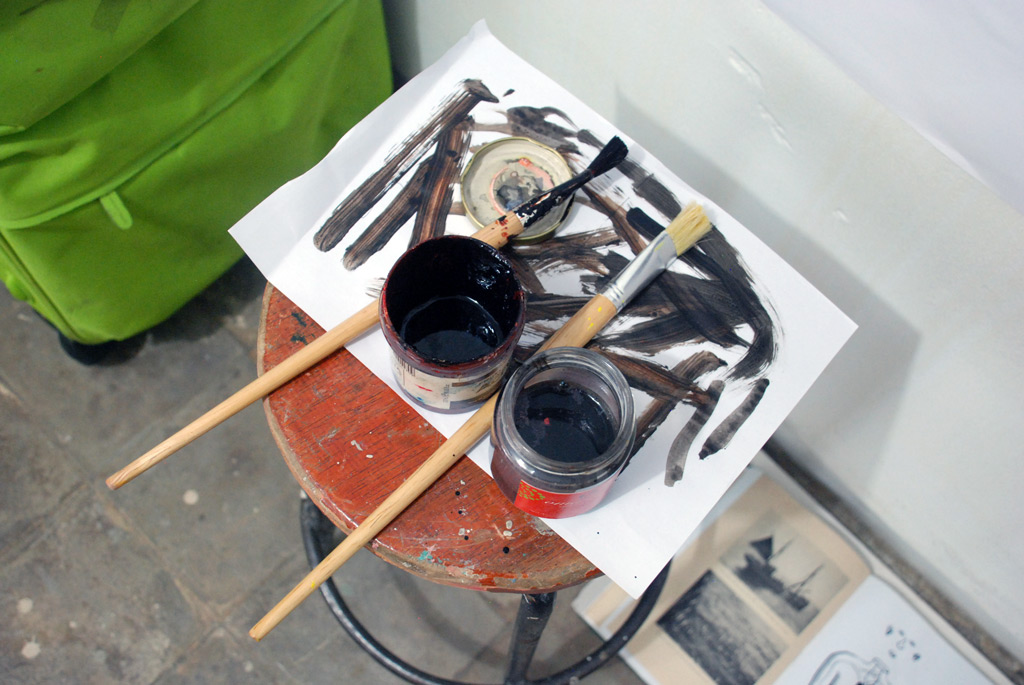
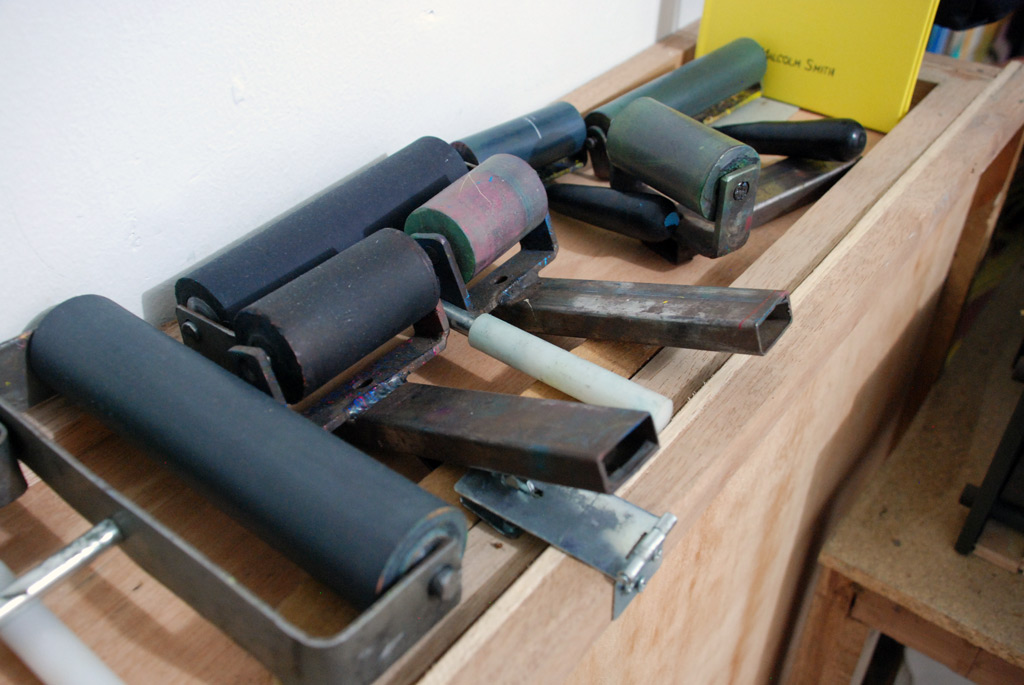
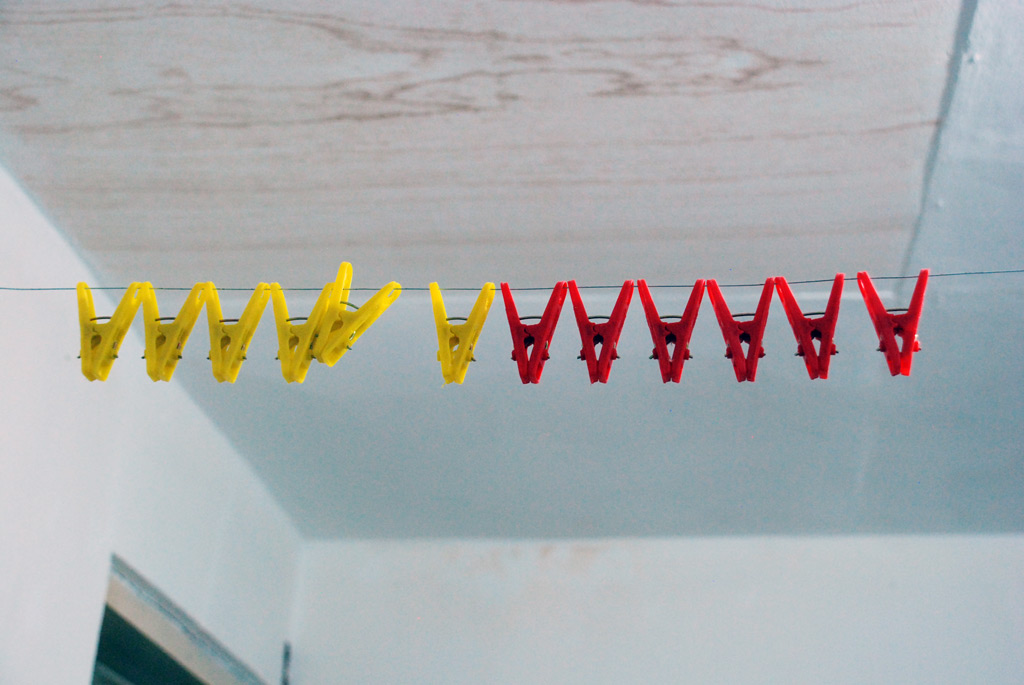
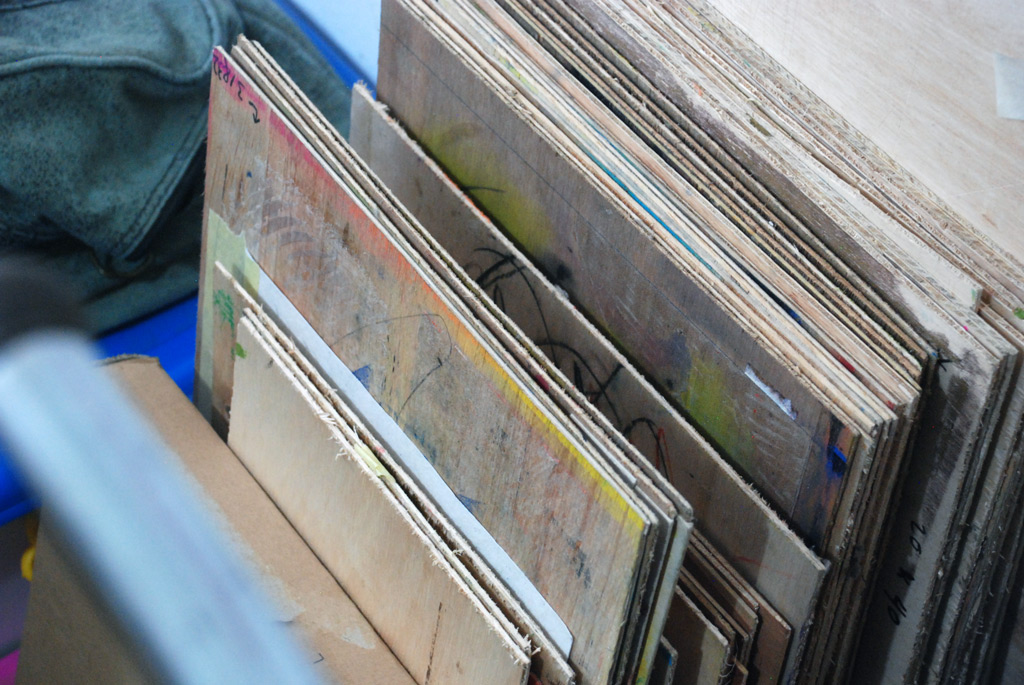
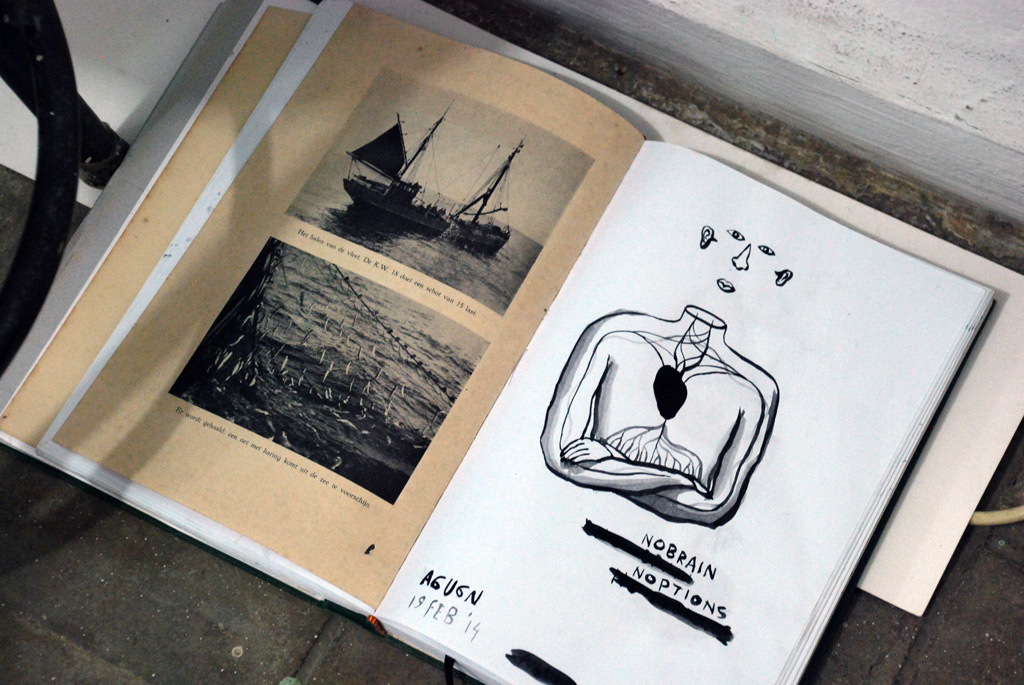
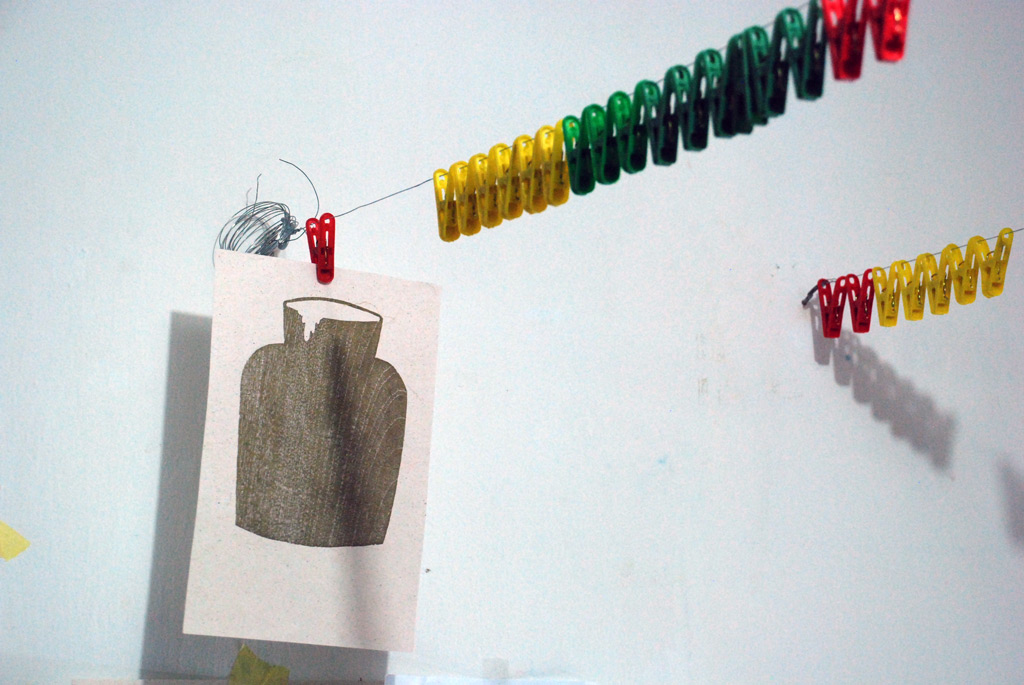
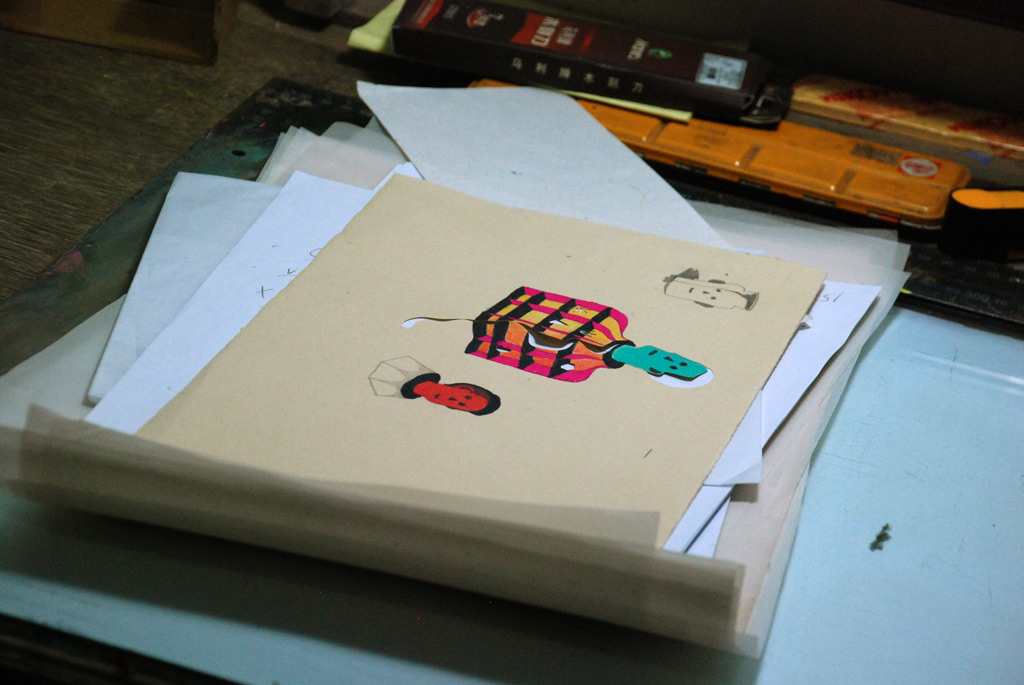
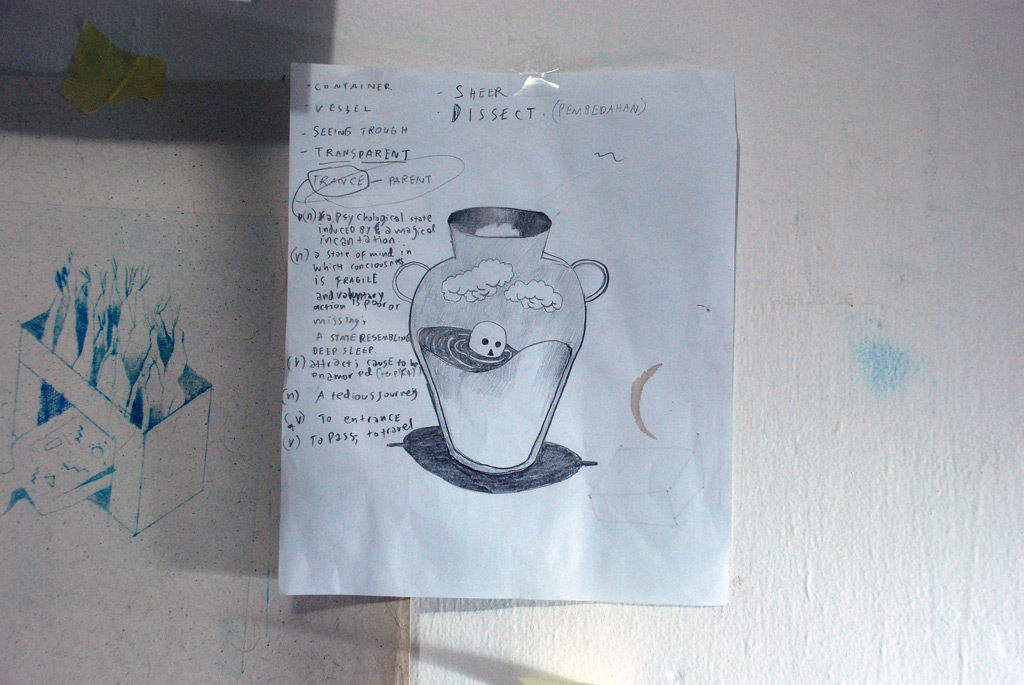
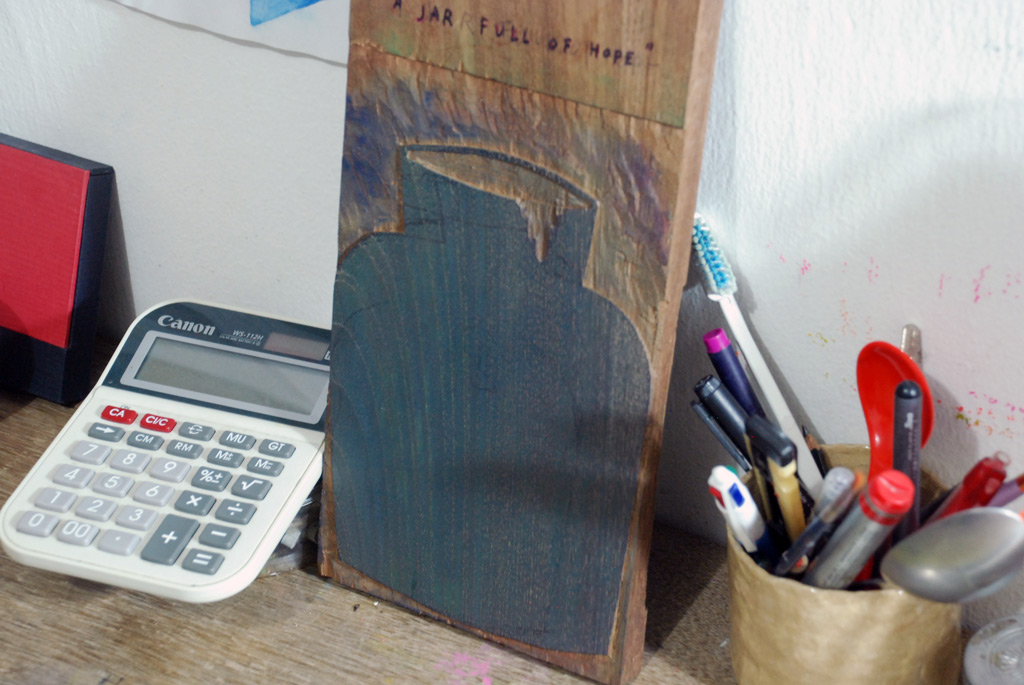
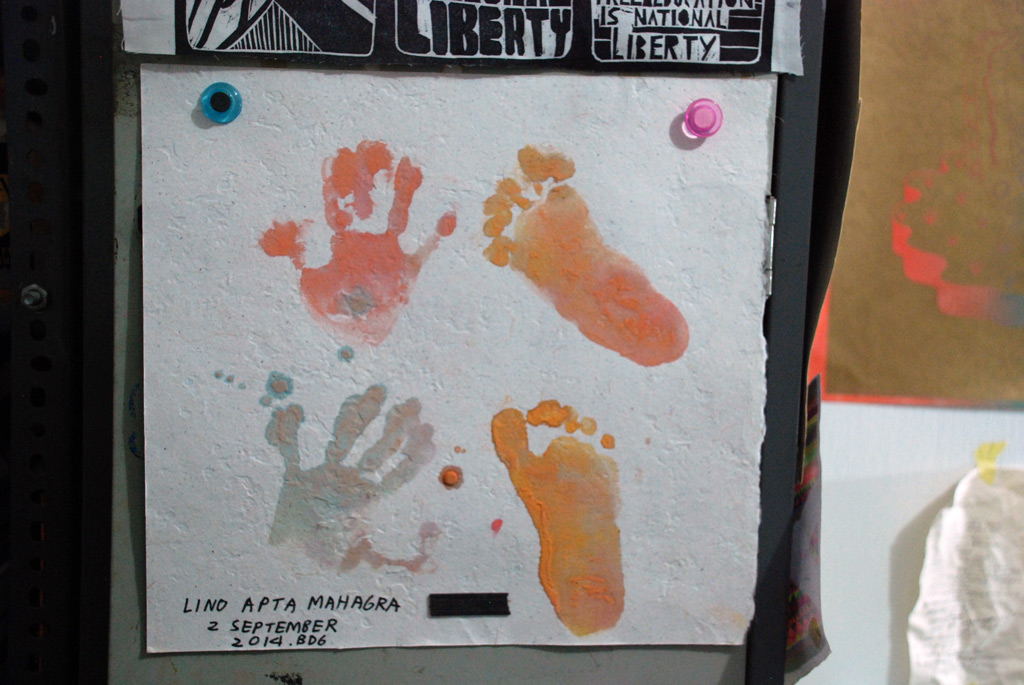
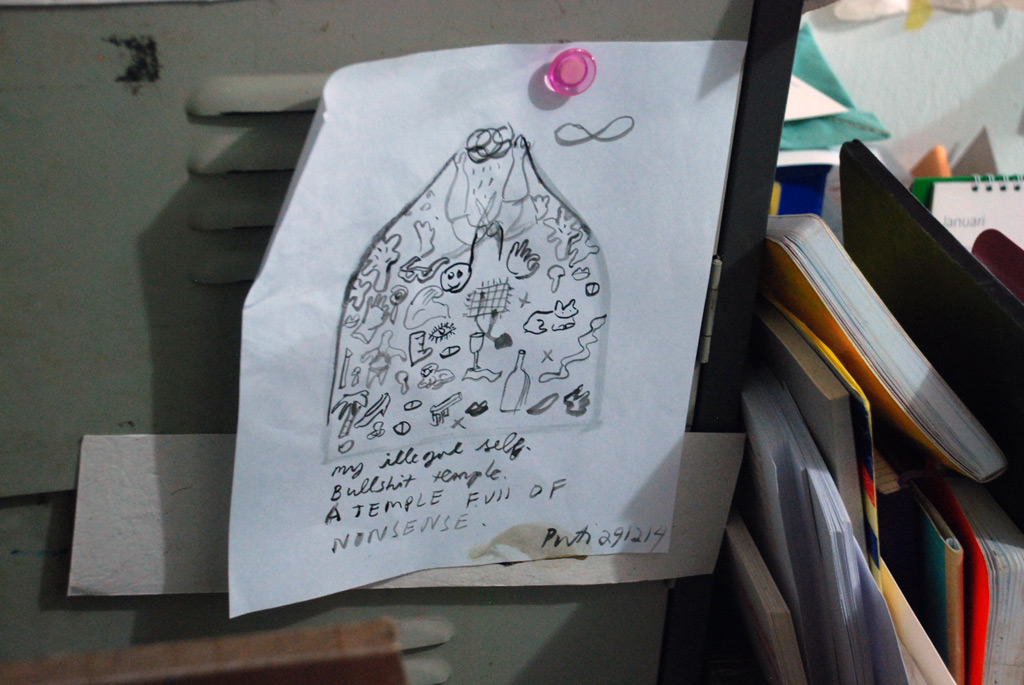
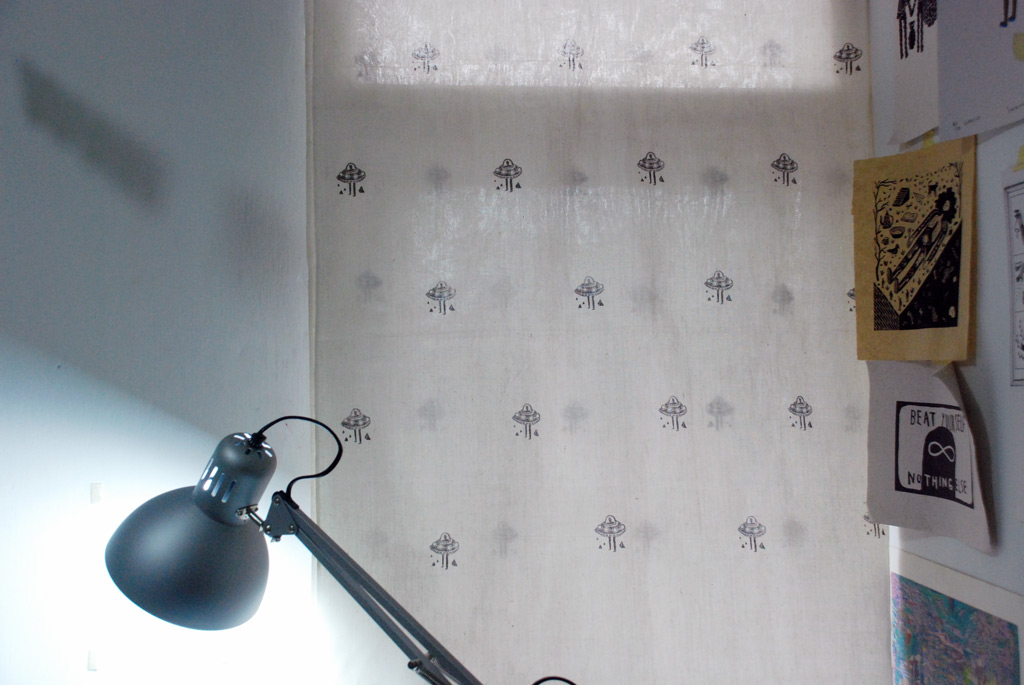
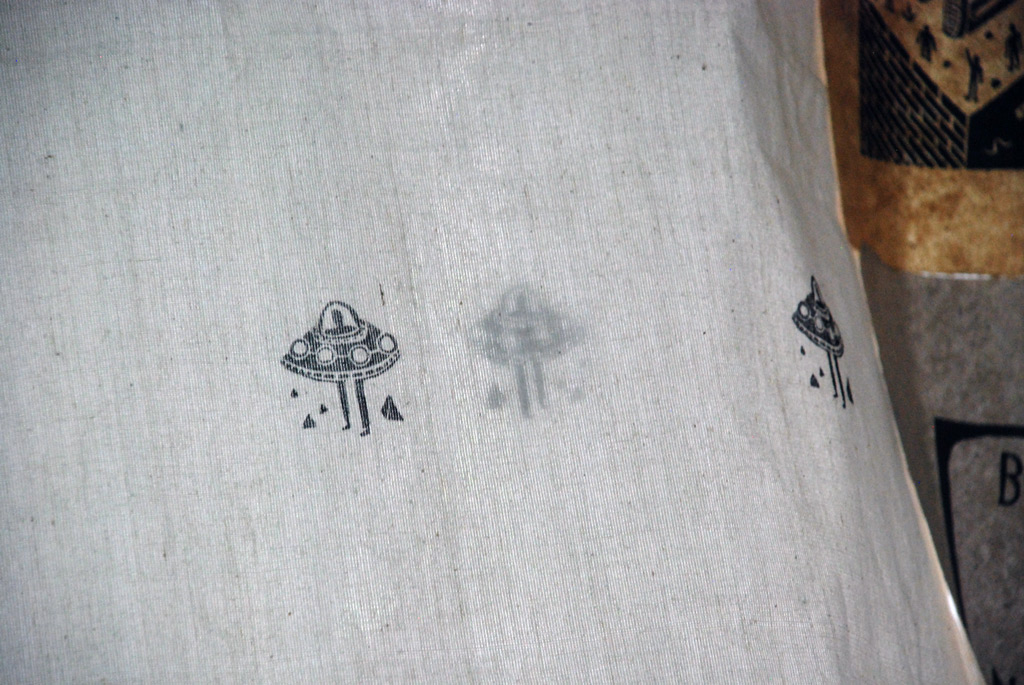
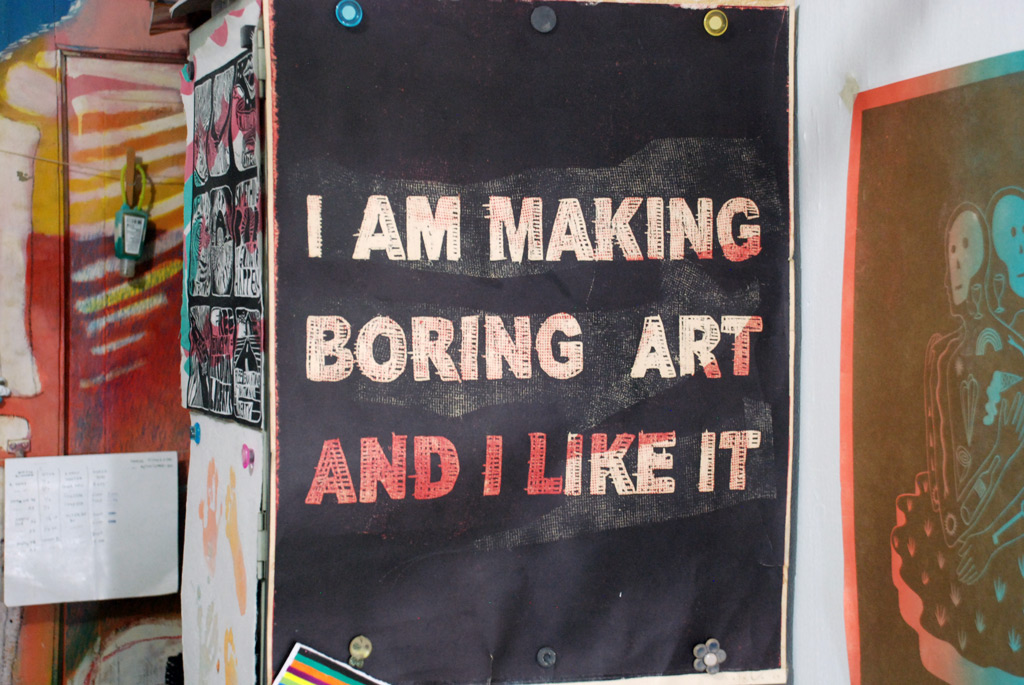
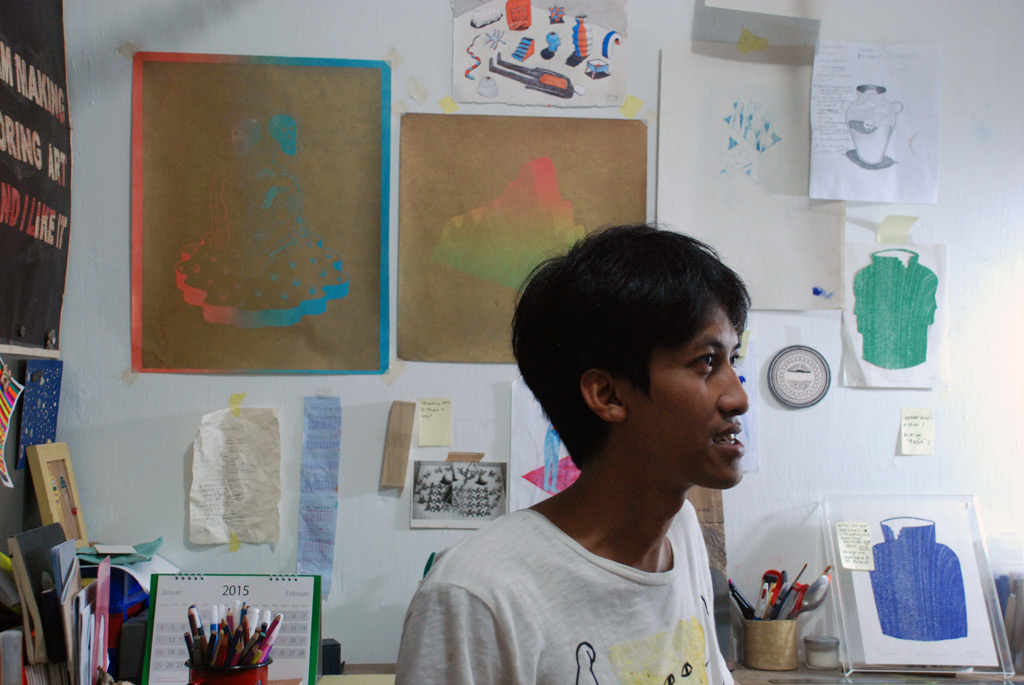
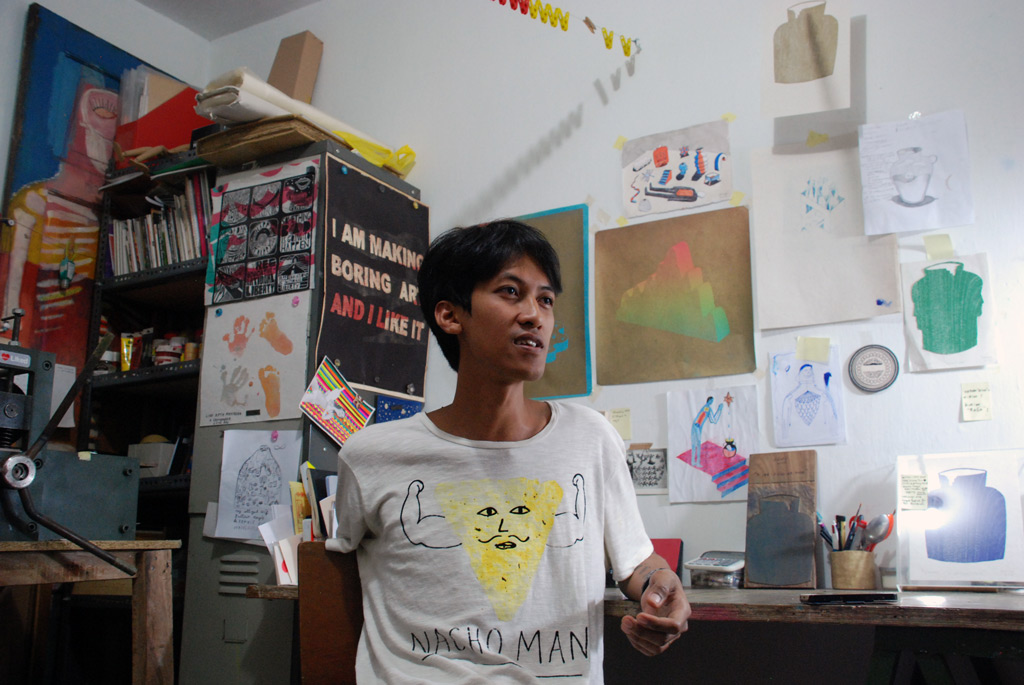
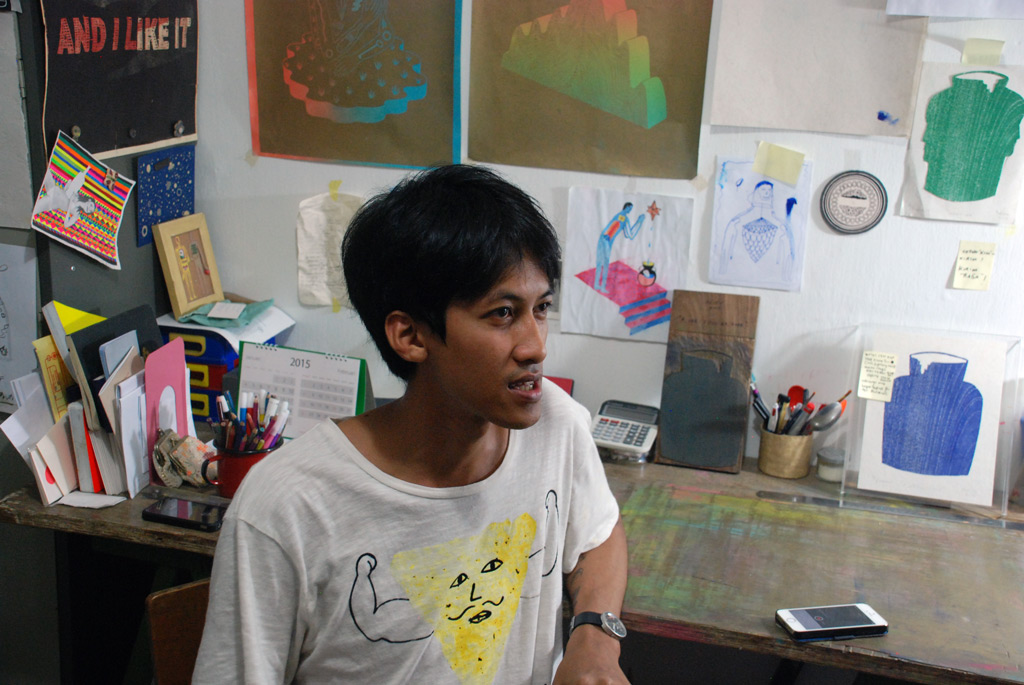
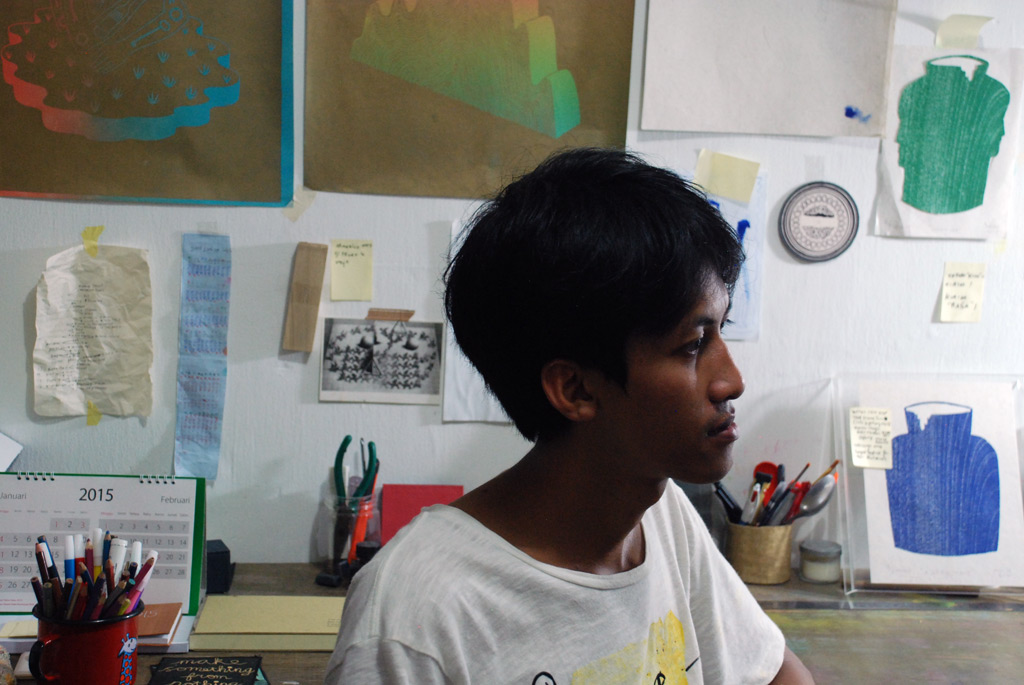
H
On your previous works, you’ve experimented with various art making techniques. Are there any special reasons why you turned to Lino-cut as your personal art making signature?
A
I’ve studied a lot of art making techniques during college because my major was 2D Fine art in Graphic Art. But I always had a special affection with relief technique because of its simplicity and flexibility. It is also a technique that enables you to replicate your artwork easily. I used to produce my artwork with the woodcut technique, but the result was often not how I wanted. The most frequent problem I’ve experienced is the inability to apply a firm line on the artwork. My wife was also pregnant in that time, and as we all know, woodcutting produces messy wood-crumbs, and it’s not healthy for my baby. On the other hand, the linoleum-cut offers a non-messy technique that also features the ability to print a firmer line in the artwork. So, I guess for now, I’m comfortable with lino-cut as my technique, but I do want to learn other art-making techniques for my future works.
H
The woodcut technique is quite popular in the punk culture as a part of their movement, were you part of this movement back then?
A
Yes, when I was in junior high school, my first introduction to woodcutting was from the punk culture. I learned to produce my own printed stickers, t-shirts and so on. After a while, I also learned that woodcutting, as a part of printmaking techniques, has a much older history than the punk movement, dating back to the history of book-publishing. So I learned about it more and found my own style on doing it, including how I create my own paper.
I used to work with regular paper for my artwork but I had problems with its ability to absorb. Most of those paper absorbs liquid slowly. I decided to make my own paper with the ability that I needed for my art making process. With the basic knowledge from my college days, I developed a formula for my own paper. And I’ve been working with this paper ever since.
H
You used to draw a lot of quotes on your artworks, but I haven’t seen it in your latest works since you started focusing more on drawing characters and objects, do you have any specific reason for this?
A
I used a lot of text in my work when I was still a college student. Some of them quotes and some are pieces of poems. Lately, I tend to focus more on visual processing and how to make my artwork simpler – I try to eliminate unnecessary elements, attempt to present my ideas through illustration since it is a more universal language for the people rather than words.
H
Mr. Aminudin TH Siregar-the editor of the book Seni Rupa Modern Indonesia once said that you are one of the artists that represent the modern era of Indonesian artist from the post-reformation era. How do you respond to this statement, and do you think that artists from this modern era has a different concerns?
A
I think the main difference from the pre and post reformation era is the freedom for artists to build their artwork. It is a well-known fact that Indonesia finally has the freedom of expression after reformation, not only for the artist, but the people who now have the right to express their opinions. But again, it depends on the artist to use this freeom. The other thing that differs in this era is the artist’s awareness of networking as a major factor in their career.
There is also a trend in this modern era artist to take a look at their own self, it is the sign of how these artists hav the urge to differentiate themselves from others. It is a challenge – a positive one, for the art scene. With how the artist is chasing their own identity, I think it will develop a merrier assortment of characters in this modern era of Indonesian art.
H
So what are you trying to represent on these silhouettes and the hues on your artworks?
A
In general, the characters in my works are represent the happenings in my life. An introspective view to some of my very personal experiences – I get a lot of inspiration from it.
The hues on my artwork are the result of my passion with print-making. I love experimenting with the limitations of my techniques. The process of print-making is quite different from painting where we cannot see the exact shape and color until the process is done. I love to wait for my artwork to be done because I don’t know how it will appear. The gradients, rainbow-ish color on my artworks is the result of the experiments I did in the process. I always love how my color-mix turn-out in the result of this techniques.
H
With its flexibility and its mass-production feature, printmaking is a suitable art making that could be adapted to public to create their own artworks, how do you-as a print making artist advice the public to know more about this technique?
A
From the beginning, print-making is the easiest art-making technique for the public since it’s featured in our daily life. We see printed matters every day in our daily life. And I always happy to share my printmaking techniques for the people. I did have shared some delightful sessions of this technique on my print making workshops, and I really looking forward to having more of it in the future.
H
What is the idea of your solo exhibitions titled “Natural Mystic”?
A
For my first solo exhibition, I drew a lot of insights from my personal experience as a father in my new family. It was the end of my wife’s pregnancy at that moment, and I’ve been told so many myths regarding what to do and what not to do with my family. This kind of condition drives me nervous and I decided to cool it down by making it the theme of my exhibition. The graphic in my artwork is the manifestation of my anxiety dealing with those myths. As a part of the Bentara Budaya program, the exhibition visited various cities: Bandung, Jakarta, Yogyakarta, Solo, and Surabaya.
H
Can you tell us about the art scene in Bandung?
A
The art scene in Bandung is really diverse, from the digital arts to the manual ones, the city has so many talented artists.
H
Do you think Bandung artist have some kind of signature just like the artist from Yogyakarta and Jakarta does?
A
I have always seen artwork as a reflection of an artist’s character, I never see it as a part of what city or anything. Because I believe that every artist has their own style. But I do feel that the absence of a place for artist to hang out together like they have in Yogyakarta is somehow creating this diverse environment in Bandung art scene. Yogyakarta has a lot of spots for artists to gather and this is how the city could have some kind of trademark in art. Bandung is lacking in that kind of space, making the art scene very diverse.
H
Any future project from you?
A
I’m planning on making my next solo exhibition in Jogja for this year. The theme of this exhibition will be the paradox of protection- my personal experience in raising a child.
H
On an essay, Mikke Susanto-a lecturer in Institut Seni Indonesia (ISI) in Yogyakarta said that the current trend in the art scene is that Indonesian artist prefers to make artworks based on their personal experience rather than making artworks that responds to the socio-politic issues, and then consider that this phenomenon is unproductive to the scene. Are you agree with this statement?
A
I disagree with the statement, for me, as a “personal artist” I think that even if the artwork is personal, it doesn’t mean that they are not important. A personal artwork has the same stratum as any kind of art for the public. In this era where information is everywhere, public has the ability to interpret the ideas from the artwork and to relate with it. To me, the more personal artworks are more relatable for the public.








